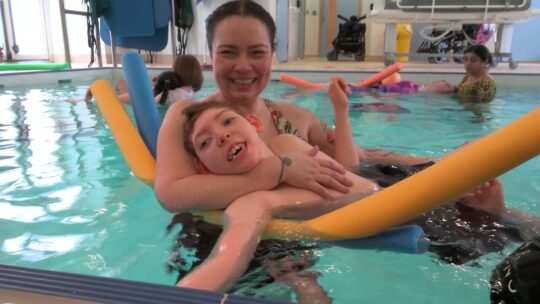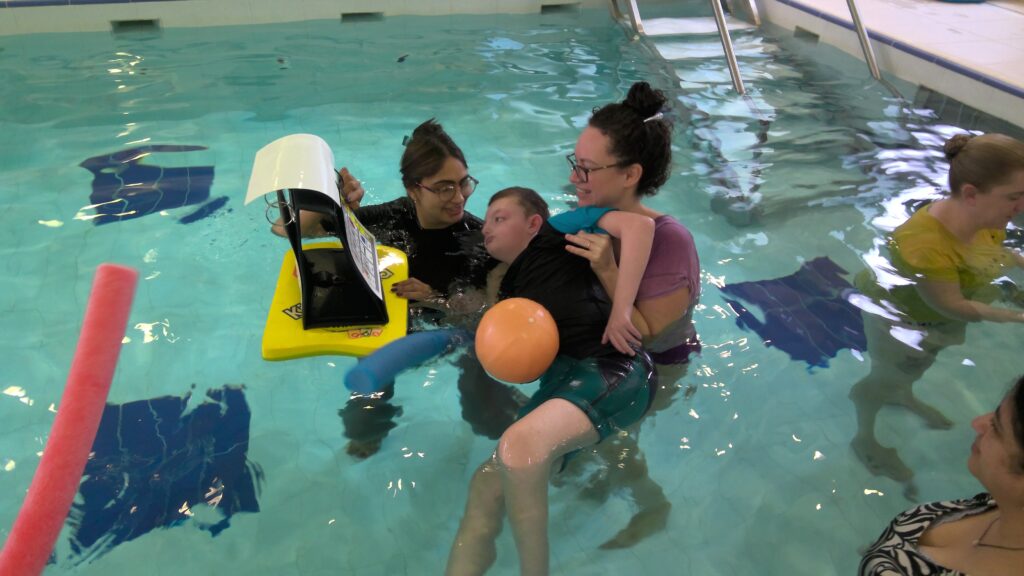Hydrotherapy

Hydrotherapy
The Need
Children with neurodisabilities such as cerebral palsy are at greater risk of adverse muscular-skeletal changes, notably “contractures”, where poor limb function and positioning lead to muscle tightening and shortening, causing permanent limiting of the range of movement. This puts their development at risk because they cannot experiment, investigate, explore or learn by trial and error, as able-bodied children do, even though they may be cognitively able.
Children’s access to the wide range of childhood activities and learning experiences is restricted simply because their limbs cannot do what they want and need them to do. They learn early on that they cannot achieve and can become demotivated. This in turn can have a hugely adverse effect on their mental wellbeing, the development of their personality and the motivation they need to maximise their lifelong independence.
Children may also need painful and distressing surgery resulting in a hospital stay, recovery time, and disruption to family and school life for children who already face so many physical, social and emotional challenges. These risks can be greatly reduced if they are proactively managed in the first place.
The Pace Aquatic/Hydrotherapy programme does not attract statutory funding and Pace must raise the funds required to sustain and develop it each year through its rolling fundraising programme.

Outcomes
Water is a medium in which many disabled people achieve total independence and can compete with their able-bodied counterparts on equal terms.
Individually tailored therapy plans, drawn up by our specialist Aquatic Physiotherapist, allow our students to develop their own levels of confidence and enjoyment of messing around in the water like any other child, whilst at the same time develop strategies for pain, muscle and body control. Increased understanding of a child’s own physical and non-physical awareness means parents can take their disabled child on family swimming outings with increased confidence, rather than fear. This encourages building positive relations with wider family members and siblings, as well promoting social inclusion and engagement.
